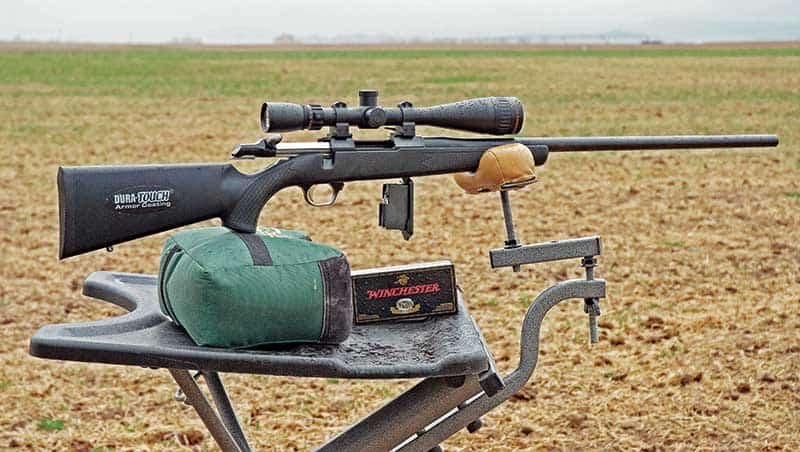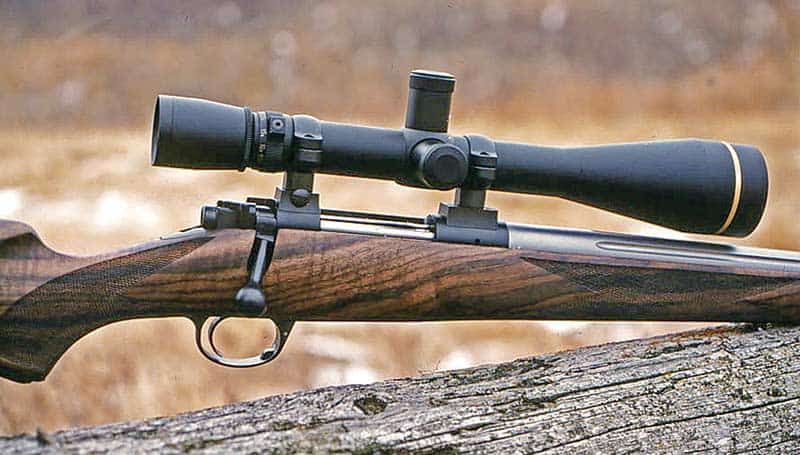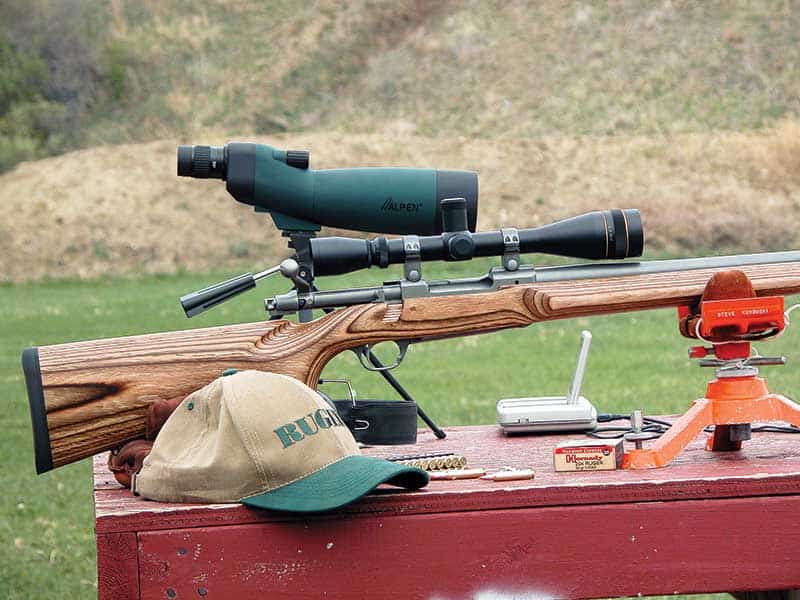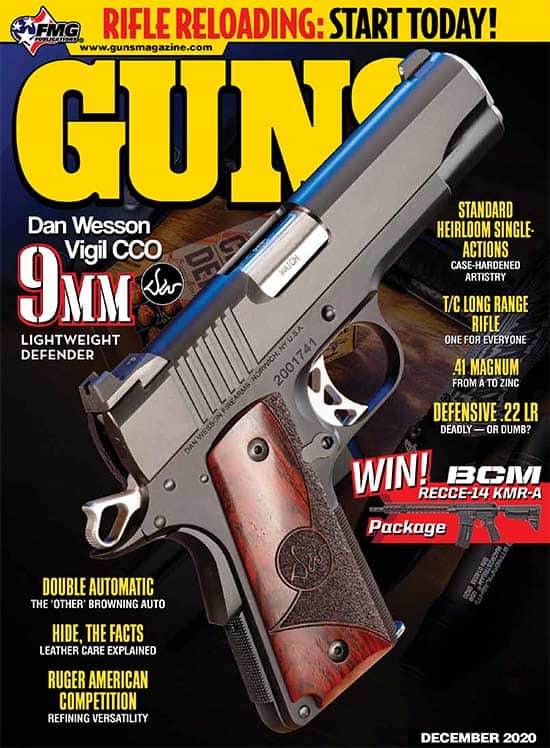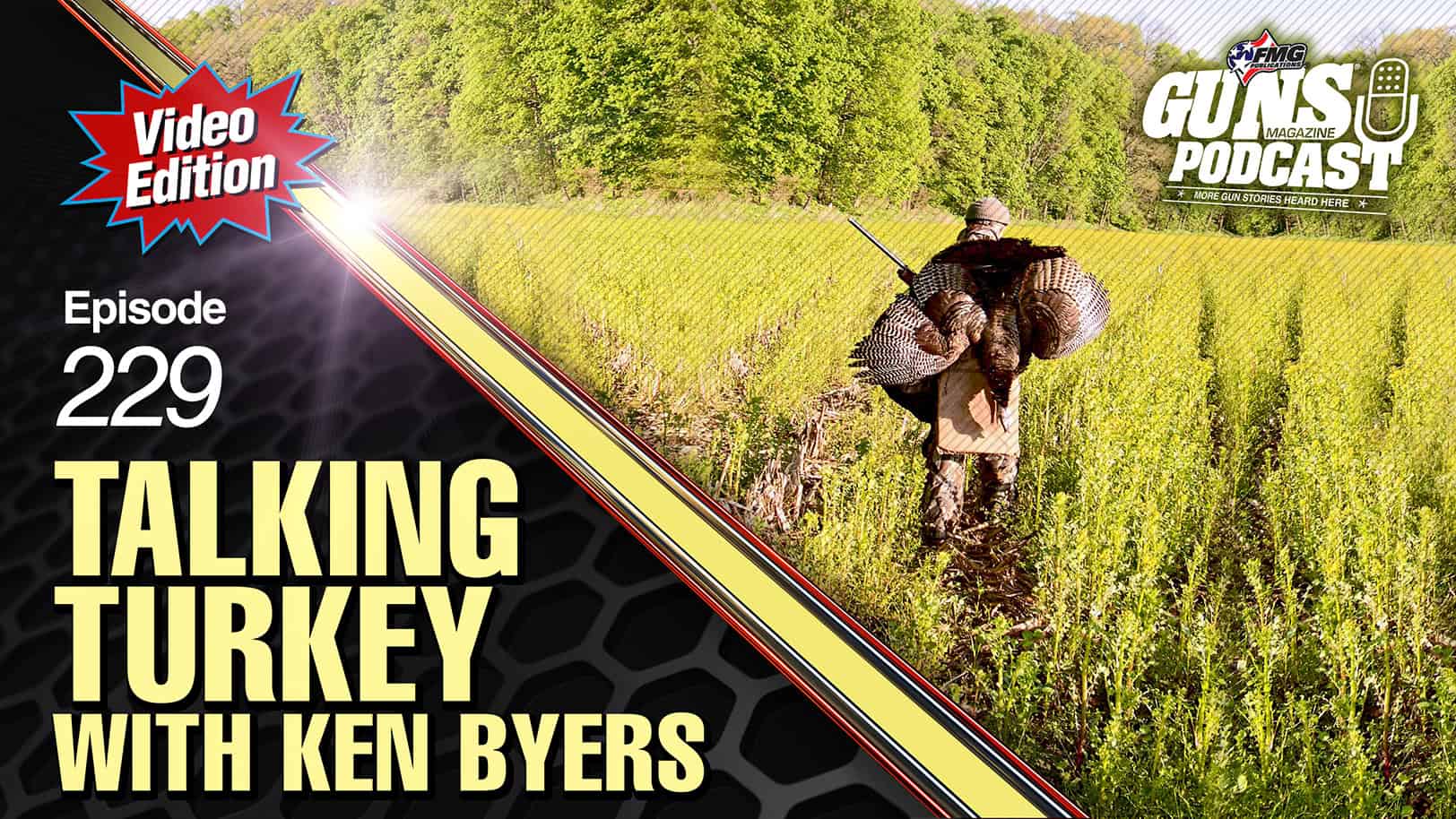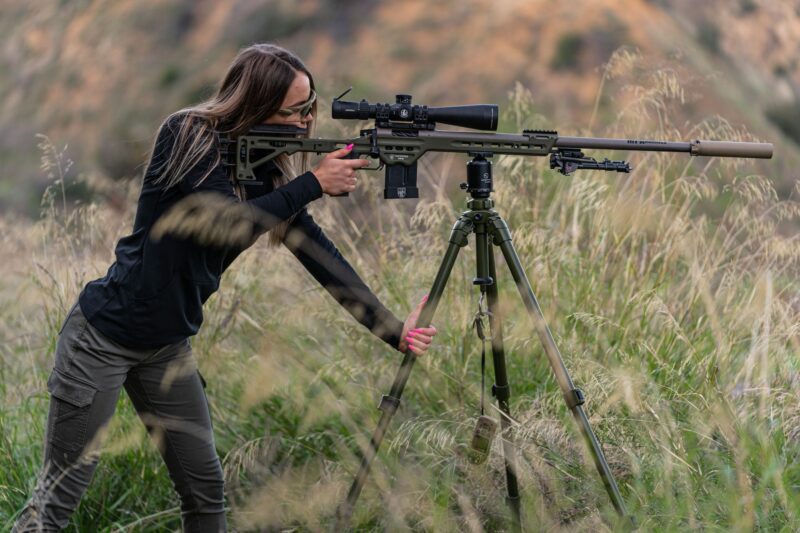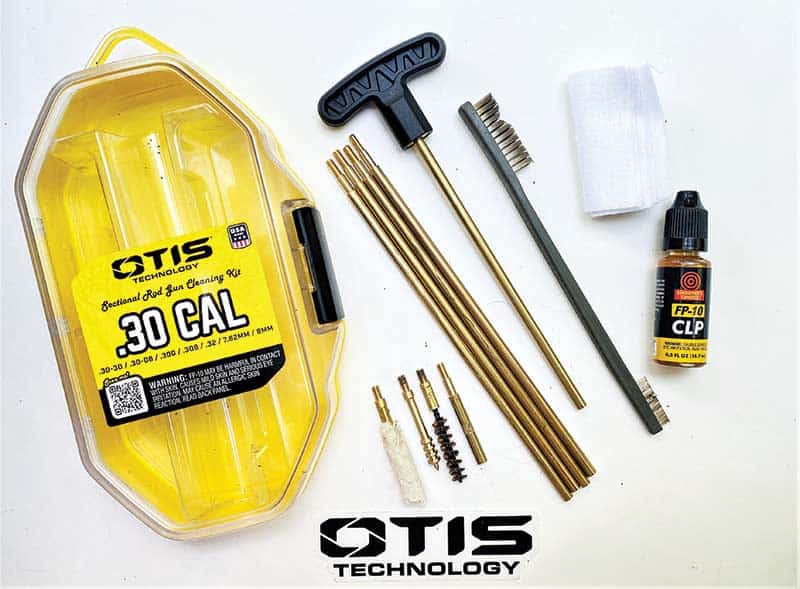Back To The Future
The interest in longer-range shooting and the development of longer, heavier, more ballistically-efficient bullets has given big-case .22s a new lease on life. More shooters are giving cartridges such as the .22-250 serious consideration as deer cartridges. There’s nothing new about the concept — people were hunting big game with Swifts back in the ’30s and ’40s. What is new is better bullets and a desire among many shooters to hunt with light rifles with light recoil.
The main issue in using longer, more efficient bullets in .22-250 is barrel twist. Of course with a custom barrel one can specify twist, contour, throating to exactly suit your needs. The typical rifle buyer doesn’t want to go to this trouble so what is available off the rack? According to data I found online, twist rates for the .22-250 cartridge are all over the map: Remington, Sako, Tikka, Weatherby Vanguard and Winchester use a 1:14 twist while Kimber, Savage, Thompson-Center use 1:12. The Ruger American uses 1:10 and the Browning X-Bolt, 1:9.
Tikka reportedly did a short run of T3s in .22-250 with 1:8 twist at the request of a distributor but apparently not a large number and those have long since been sold. To its credit, Tikka offers a choice of twists in the T3 in .223 Rem. My own stainless .223 has a 1:8 twist and I have seen others marked as having a 1:12 twist. I’ve heard of but never seen a 1:10 twist option.
I’m thinking a 75-gr. .22 bullet at 3,200 fps would be a very useful, flat-shooting and light recoiling deer rifle. When I finally buy or build one, I’ll report the results.
Subscribe To GUNS Magazine
